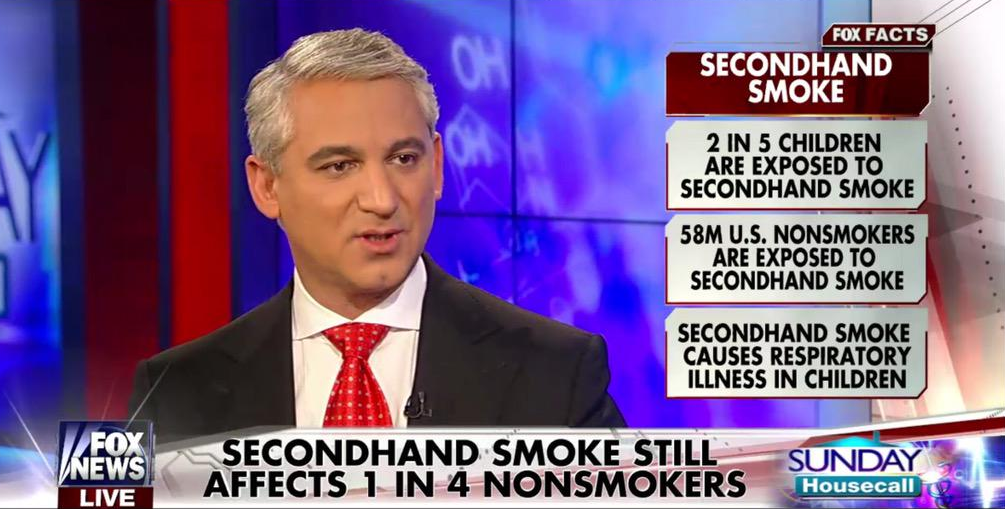Second-Hand Smoking Still Affects 1 in 4 Smokers
/When we talk about smoking, second-hand is still a huge concern. The good news is the amount cotinine - amount of carcinogenics in the blood - has gone down in the last decade. In 1991, it was 80%, 2001 was 40% and now in 2011, it's about 25%.
Educate your children to be on the watch for second-hand smoking. SIDS (Sudden-Infant Death). ear infections, pulmonary issues are just some of the problems we see in children who are exposed to second-hand smoking. Children between the ages 3-11 are more at risk along with construction, blue collar workers and African Americans. Studies also show that the poverty level plays a huge role in how much they're exposed to second hand smoking.
If you can smell any smoke, it's affecting your health and increasing your risk of developing heart disease and lung cancer. It also further irritates current breathing issues like asthma. In urology specifically, we see many bladder and kidney cancers that are tied to smoking.
If you're not a smoker, be cautious about this. Look for restaurants and other destinations that are smoke-free which most are. If those close to you smoke, ask them kindly to limit or omit the amount of smoking they do in front of you. There is a huge debate about eCigarettes but I believe they are not a great segway to quit. We still don't know the data regarding the chemicals in them and if teenagers start smoking with these, I believe it can lead them to eventually start smoking real cigarettes.
The bottom line is if you're a smoker, you need to quit. There are a lot of resources out there for you to get help. 1-800-QuitSmoking is a great place to start and I would consult with a physician to get a personalized plan. You owe it to yourself and your children to quit. Start now.



